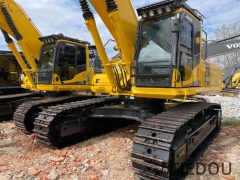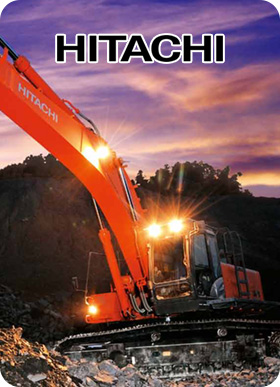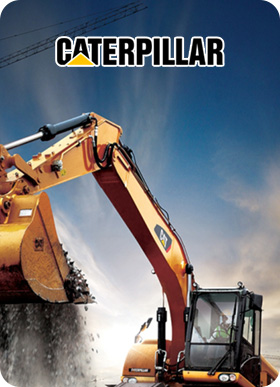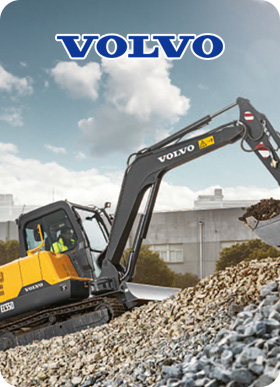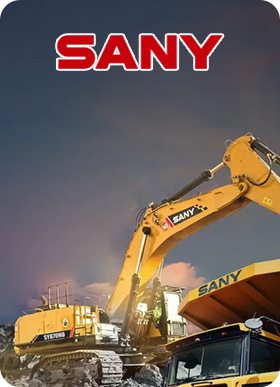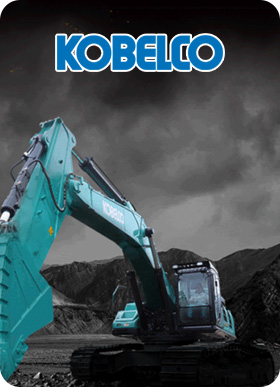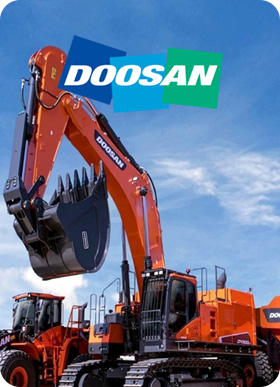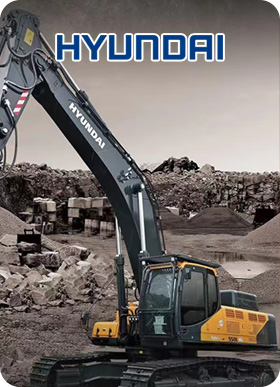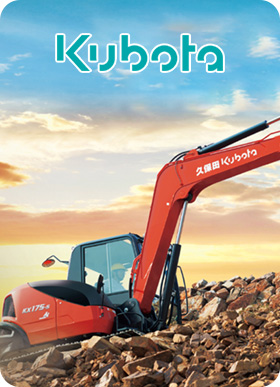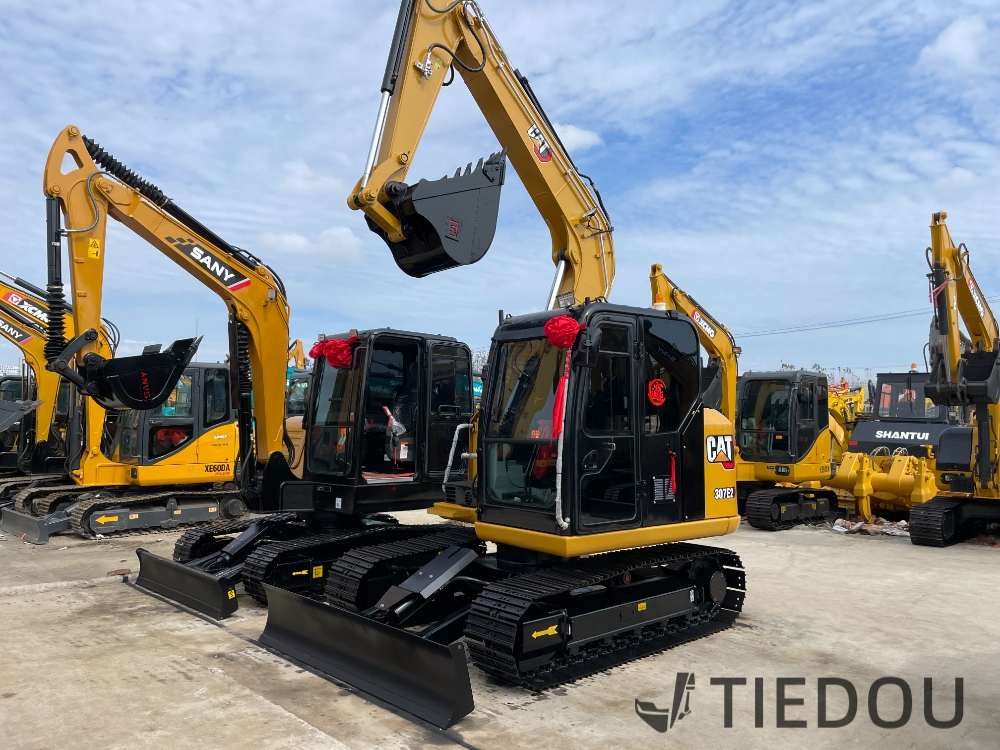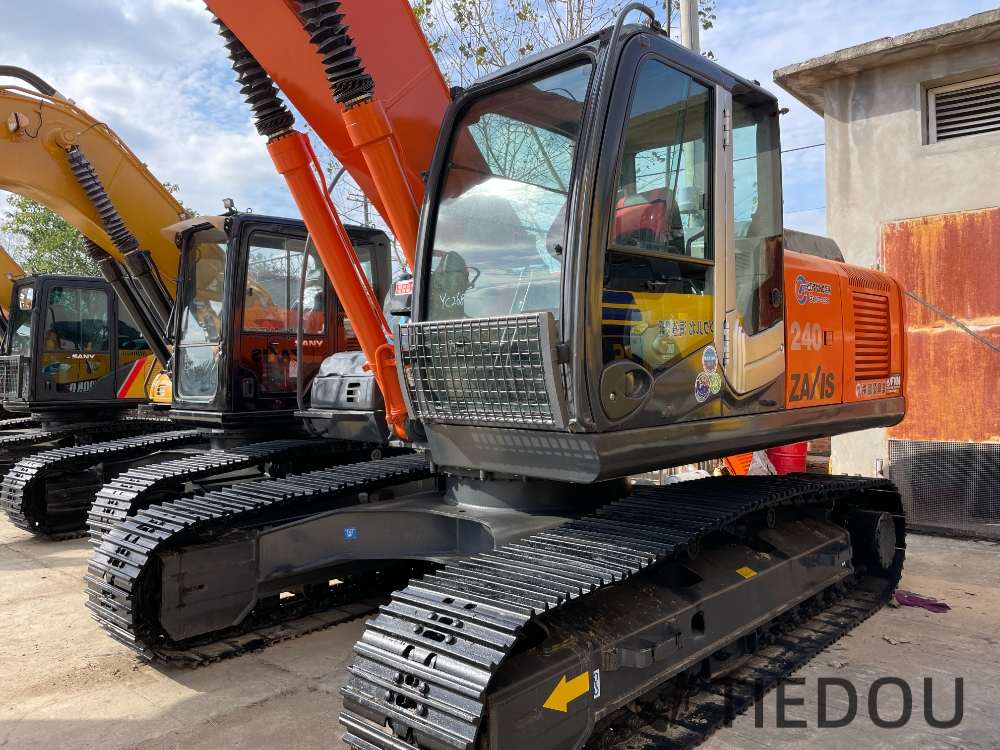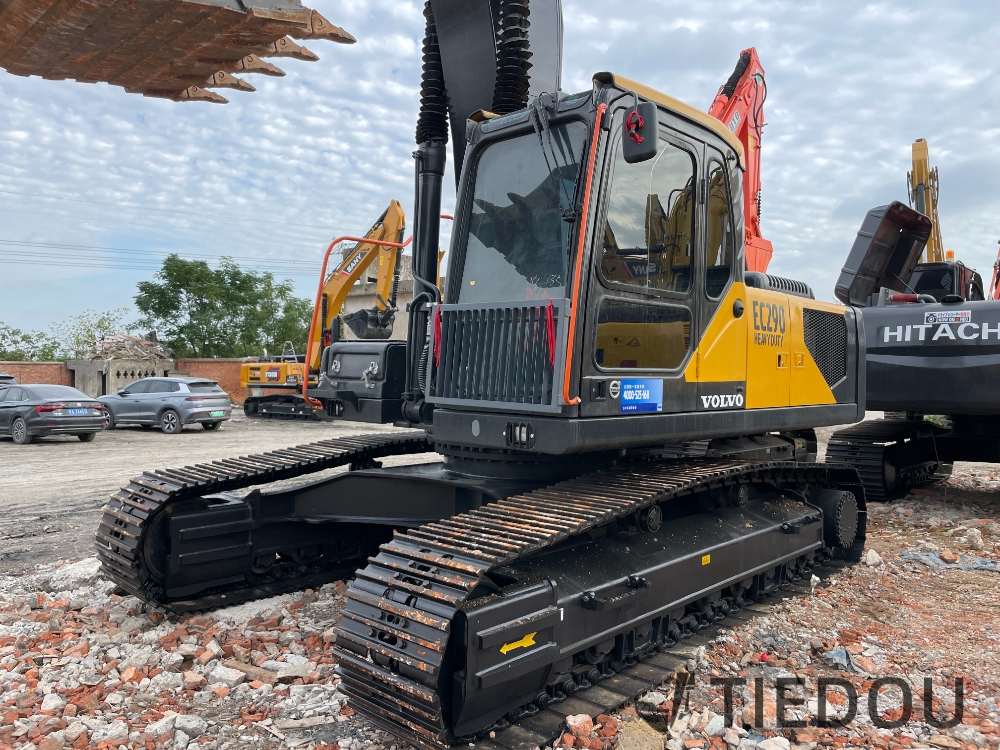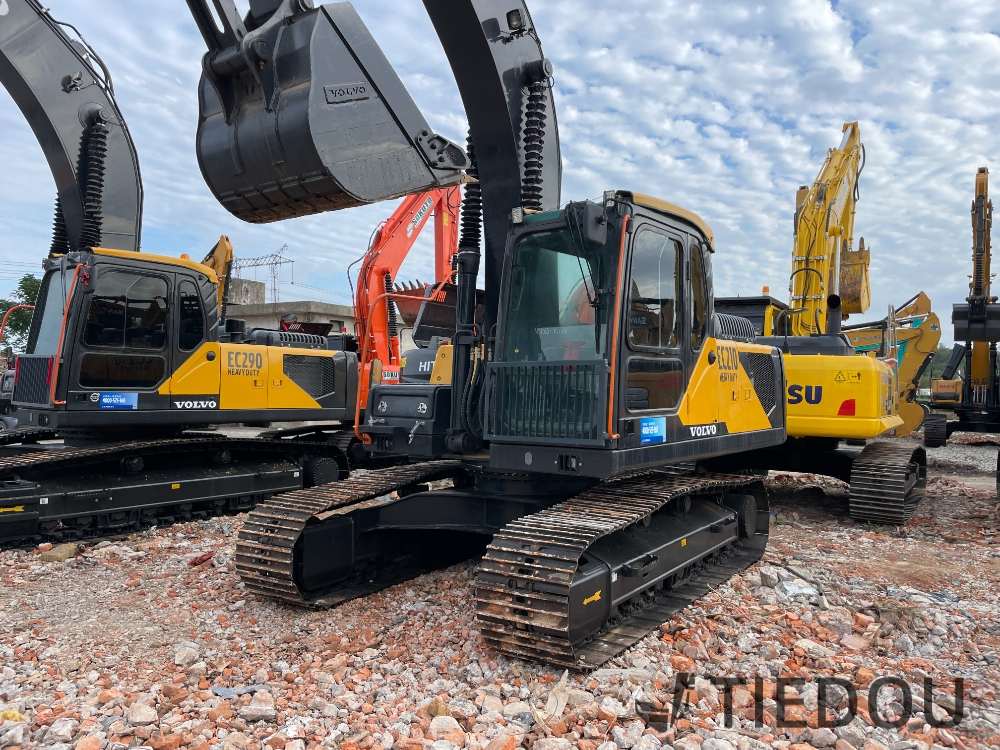Hydraulic excavators, a giant in the field
of engineering, have become indispensable and important equipment in modern
construction, mining and earthmoving engineering with their powerful excavation
capabilities and wide range of applications.
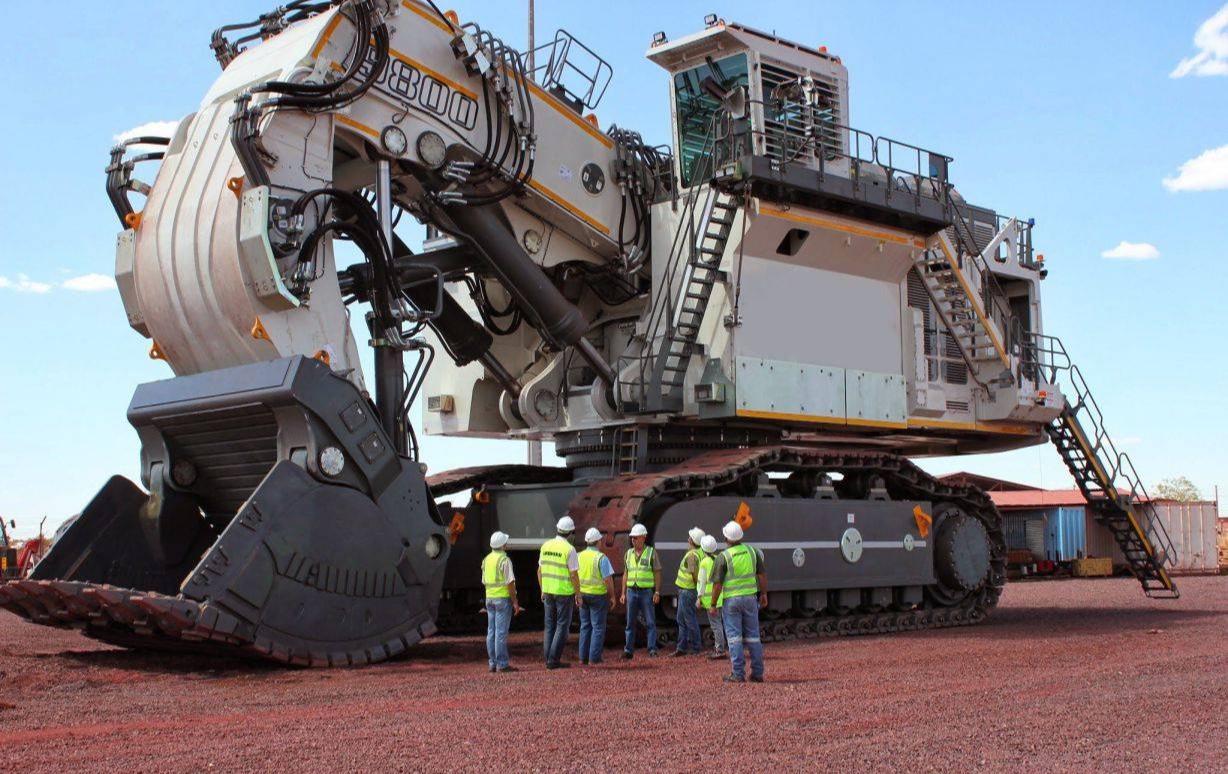
Hydraulic excavators generate huge force
and kinetic energy through the hydraulic system to drive mechanical arms,
buckets and other tools to complete various complex excavation tasks. They can
excavate earth, clear silt, excavate rivers and mines, and even participate in
the excavation of buildings and infrastructure.
Among the large
family of hydraulic excavators, the 395 Pandora produced by Caterpillar is
undoubtedly a shining star.
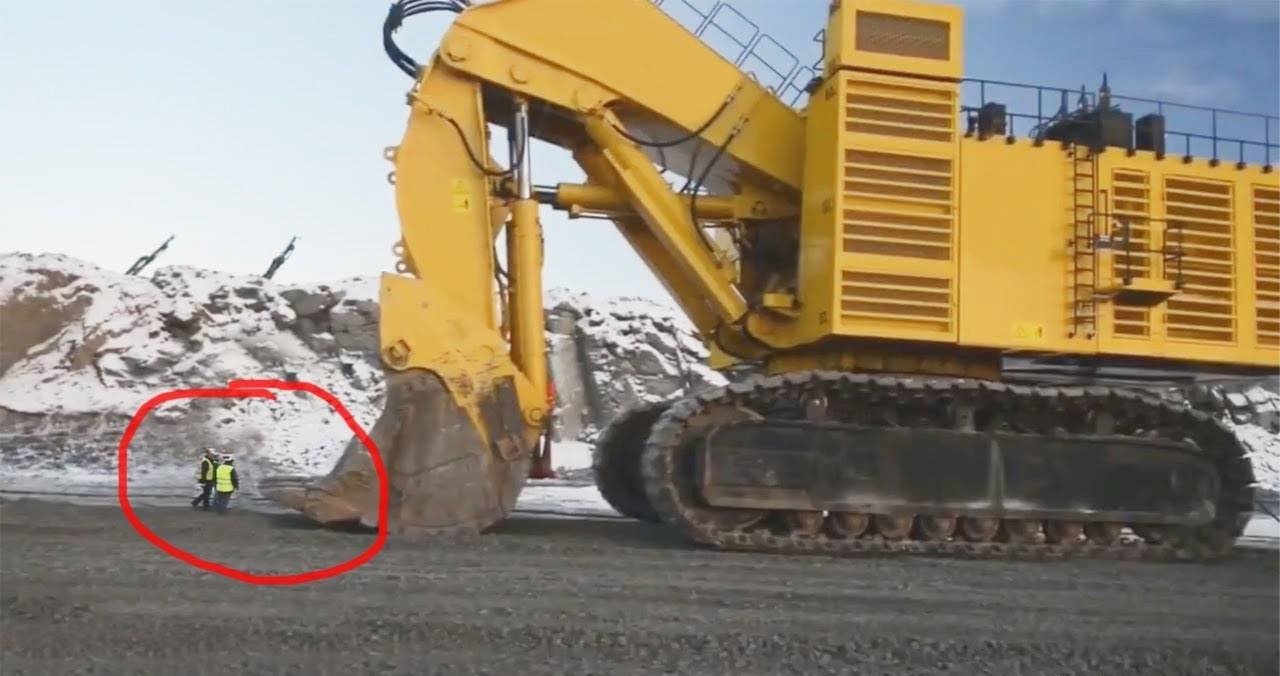
This ultra-large excavator weighs more than
1,000 tons, is 16 meters high, has a total length of 97 meters, and has a
maximum digging depth of 60 meters. Its standard shovel capacity is 52 cubic
meters, and the weight of a single shovel reaches 85 tons. With a powerful
hydraulic system and excellent performance, this excavator demonstrates amazing
digging capabilities and stability.
However, the
sheer size and weight of hydraulic excavators also mean extremely high risks
when operating them.
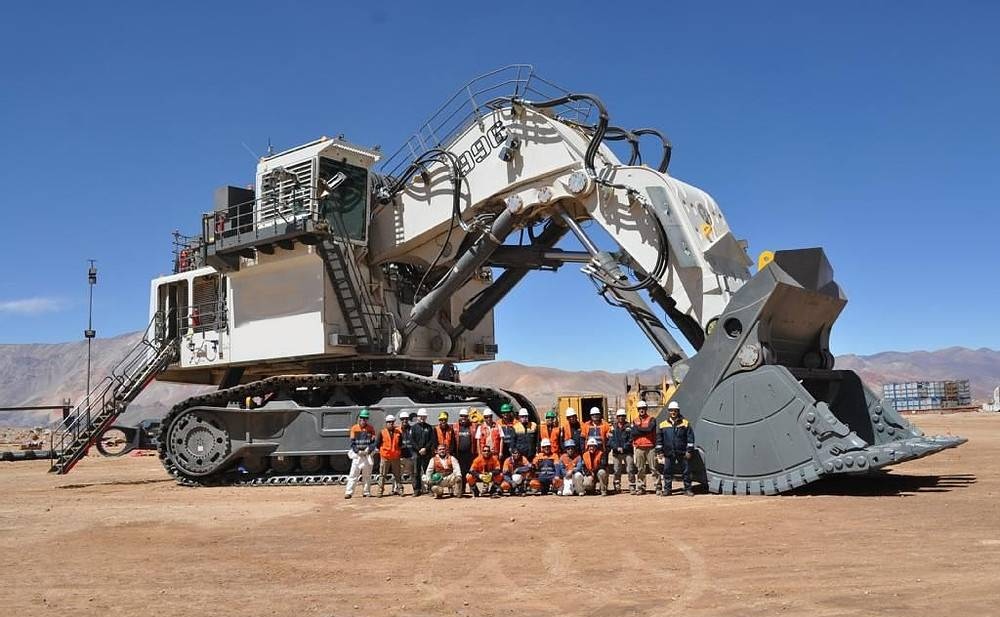
Improper operation may cause equipment
failure, mechanical failure, and even personal injury or death. Therefore, it
is crucial for all companies and individuals who use hydraulic excavators to
strictly comply with relevant regulations and standards.
As technology advances and safety awareness
increases, the number of hydraulic excavator accidents has gradually decreased
over the past few decades. This is due to the improvement of industrial safety
regulations, the improvement of technical level and the strengthening of
operator training.
The application fields of hydraulic
excavators are also constantly expanding. In addition to traditional
construction, mining and earthmoving works, they are also widely used in the
demolition and demolition of buildings, cleaning up garbage and silt, laying
pipes and cables, etc. In addition, cooperative operation with other equipment
is also an important application scenario of hydraulic excavators, such as
loaders, bulldozers, crushers and screens, etc.
Looking to the
future, the development prospects of hydraulic excavators are full of
expectations.
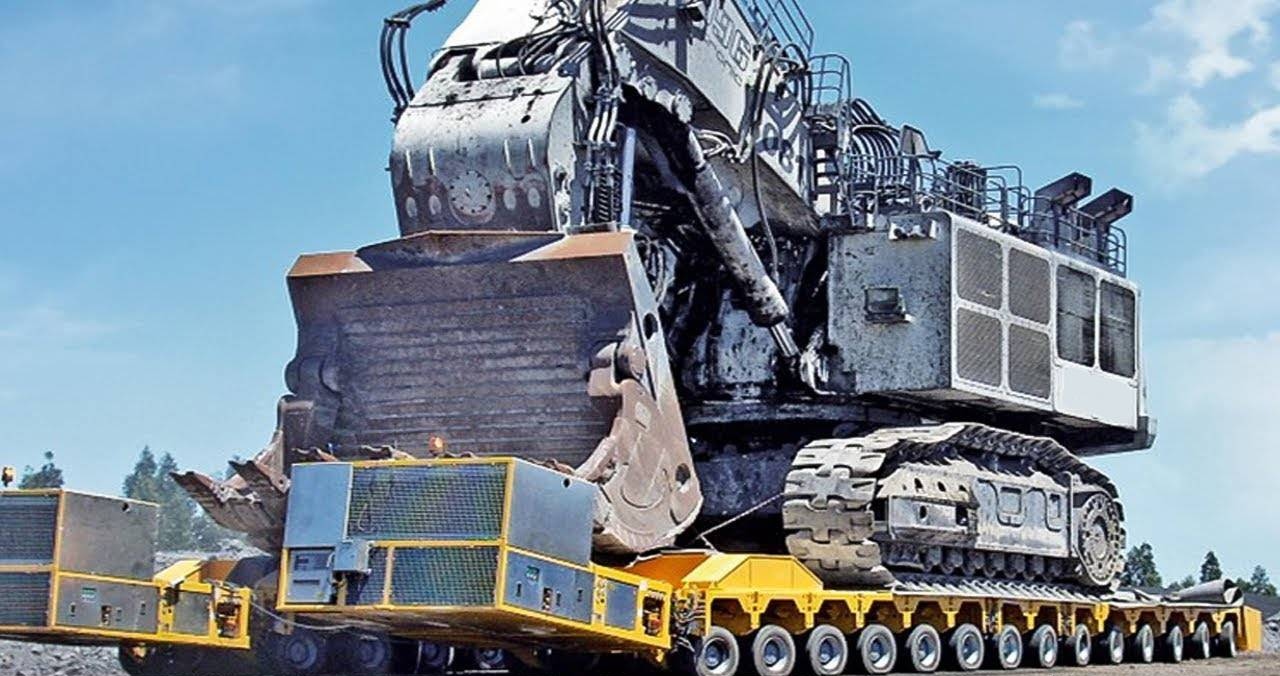
With
the continuous advancement of intelligent and automation technology, future
hydraulic excavators will be more efficient and intelligent. The application of
new design concepts and material technology will also further improve the
performance and stability of the excavator. At the same time, environmental and
social sustainability issues will also become an important direction for the
development of hydraulic excavators. Manufacturers and users will pay more attention
to taking environmental protection measures, reducing their impact on the
environment, and actively fulfilling social responsibilities.
In summary, hydraulic excavators, as core
equipment in the engineering field, will continue to play a vital role in
future construction, mining and earthmoving projects. However, we must also
always pay attention to its safety issues and actively take measures to ensure
the normal operation of equipment and the safety of personnel. At the same
time, we must also pay attention to its environmental and social sustainability
issues and strive to achieve green development of engineering construction.


